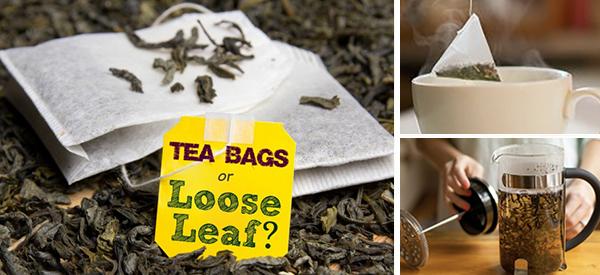
Loose Leaf Tea or Tea Bags? Which one Is Better?
When shopping for tea, one wants to get the biggest bang for your buck but which one is better: loose leaf tea or tea bags? Let’s take a look at the difference to answer this question.
Beyond the Tea Bag, What is the Difference between Loose Leaf Tea and Tea Bags
While there are several stories as to how the tea bag was invented, the end result was the fact that full and/or broken tea leaves were packaged for sell not necessarily for steeping. This misunderstanding and use of the “tea bag” had clients steeping the “bag” Yes, this mistake was just an alternative way of packaging but many tea clients enjoyed the convenience of having their tea already to steep. This early packaging method birthed the idea of the tea bag.
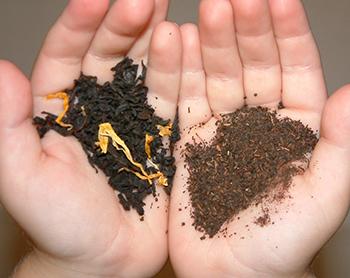
Now, the very first “tea bags” contained the full and/or broken tea leaves, it was quickly learned that a lower-quality form of tea could be used to fill the bags. This lower quality tea is commonly made of tea dust and fannings.
What is fanning? A fanning consists of small particles of tea that are leftover from the production of tea. As you can imagine, the tea in the bag is of low quality. Beyond the quality of the tea, the bag itself can be a problem.
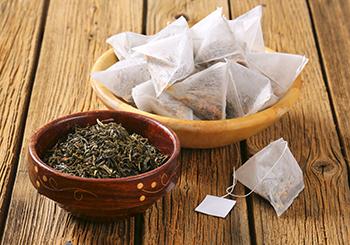
When the “tea bag” was accidentally created it was made of silk but today the bag itself can be made of several different materials, including plastic. If the bag itself is not made from organic material, you are running the risk of harmful ingredients being dissolved into your cup of tea as it steeps in hot water.
When it comes to loose leaf tea, do not think that this form of tea is any better. The quality of the loose-leaf tea comes down to the health of the plant, growing conditions, how it is harvested, how it is processed, and how it is stored.
The simple answer to the question as to which one is better comes down to another question. If you had a choice, which would you prefer to drink tea made from dust or tea made from leaves?
Making the Perfect Cup of Tea
While the formal way of preparing tea will not be discussed, the simple process of making a good cup of tea will be covered.
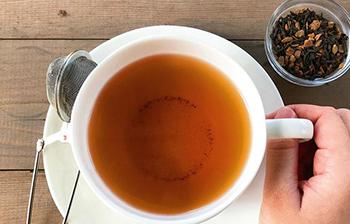 Yes, there is a science to making the perfect cup of tea and it begins with getting the most out of the tea you are using. Tea leaves need room to grow so to speak. As the leaves absorb water and get larger, more flavors come out of the leaves. These flavors can be increased or decreased depending on how much of the loose-leaf tea you use. In a nutshell, everyone can create their ideal cup of tea by adjusting the amount of tea leaves that are used to make the cup of tea.
Yes, there is a science to making the perfect cup of tea and it begins with getting the most out of the tea you are using. Tea leaves need room to grow so to speak. As the leaves absorb water and get larger, more flavors come out of the leaves. These flavors can be increased or decreased depending on how much of the loose-leaf tea you use. In a nutshell, everyone can create their ideal cup of tea by adjusting the amount of tea leaves that are used to make the cup of tea.
Now, let’s take a look at making a cup of tea with a tea bag. First, tea bags have a set amount of ingredients inside the bag. This amount can range from one to three grams. This, in itself, can limit the quality of the cup of tea. Yes, you can add additional tea bags to make a stronger cup of tea but there are also other factors. When tea dust and fannings are packaged in the little bags the quality of the tea decreases quickly. Also, the ingredients in the tea bag tend to pick up flavors from the packaging that the bags are stored in. Another factor one needs to consider is the temperature of the water. Many tea bags are steeped in water that is too hot. This also decreases the flavor of the tea.
So, as you can see answering which is better is not as easy as you may think but let’s look at some factors that help you decide between loose leaf tea and tea bags.
Cost
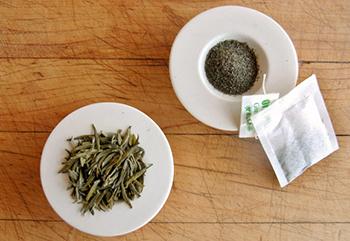 When one looks at the cost of loose-leaf tea compared to tea bags the bags seem to cost less. The math is simple to really see the picture. If a box of tea contains 20 tea bags and the cost is $3.00 then each bag costs $0.15. Pretty simple but if you look at the ounces then the picture may not be so clear. Also, the most flavor one will ever get from a tea bag is from the first use. The flavor drastically decreases after the first steeping.
When one looks at the cost of loose-leaf tea compared to tea bags the bags seem to cost less. The math is simple to really see the picture. If a box of tea contains 20 tea bags and the cost is $3.00 then each bag costs $0.15. Pretty simple but if you look at the ounces then the picture may not be so clear. Also, the most flavor one will ever get from a tea bag is from the first use. The flavor drastically decreases after the first steeping.
Now, initially loose-leaf tea will cost more but the difference in cost comes from how many times you can use the loose-leaf. Believe it or not, some loose-leaf teas can be reused up to 15 times or combined with other teas to create a custom blend. But as the tea story goes, this is not the end of the story.
Equipment
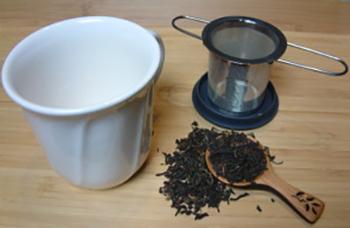 While loose-leaf may save you money due to how many times it can be used, there is an additional cost when it comes to using this type of tea. The nominal amount of equipment you will need to use loose leaf tea is a strainer compared to simply a cup for a tea bag.
While loose-leaf may save you money due to how many times it can be used, there is an additional cost when it comes to using this type of tea. The nominal amount of equipment you will need to use loose leaf tea is a strainer compared to simply a cup for a tea bag.
On the other hand, if you love tea bags but not the contents, you can use muslin tea bags that you fill with your own loose-leaf tea. In doing so, you are right back to just needing a cup.
Health Benefits
When it comes down to health benefits, loose leaf tea wins hands down. This is due to the fact that you are consuming a drink that was made from leaves, not dust. Beyond the ingredients, the fact that the tea leaves can freely bloom open allows the tea to release its health benefits openly compared to being held down by a bag.
While some may not consider this to be a health benefit, the fact that tea made from loose leaves versus dusty tea bags tastes better makes drinking tea made from loose leaves more enjoyable. Understanding that the few extra seconds it takes to fix a cup of loose-leaf tea is worth the investment in time and money is in itself the answer to the question as to which one is better. A cup of tea prepared with loose leaf tea will always win against the convenience of the tea bag.
You may also like:
1 Cup Before Bed Shrinks Belly Fat All Night (Video)
46 Best Teas for Every Ailment









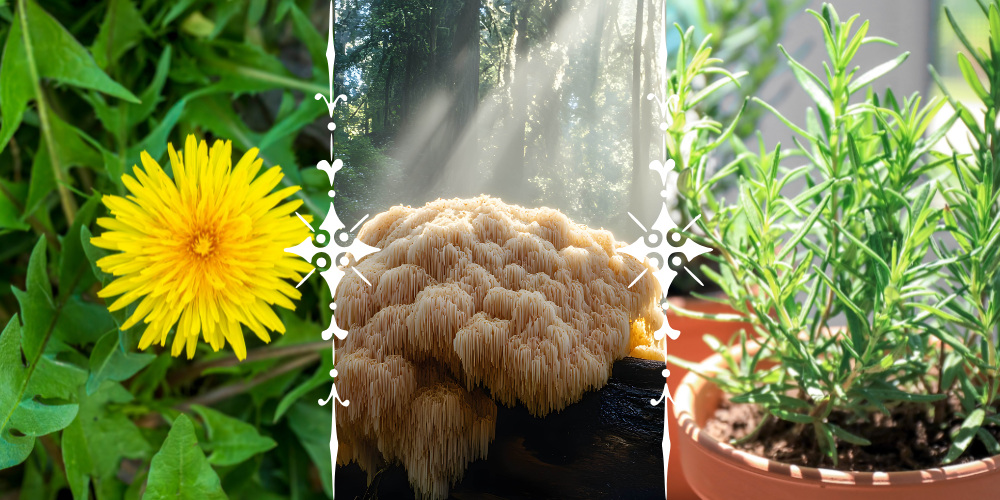
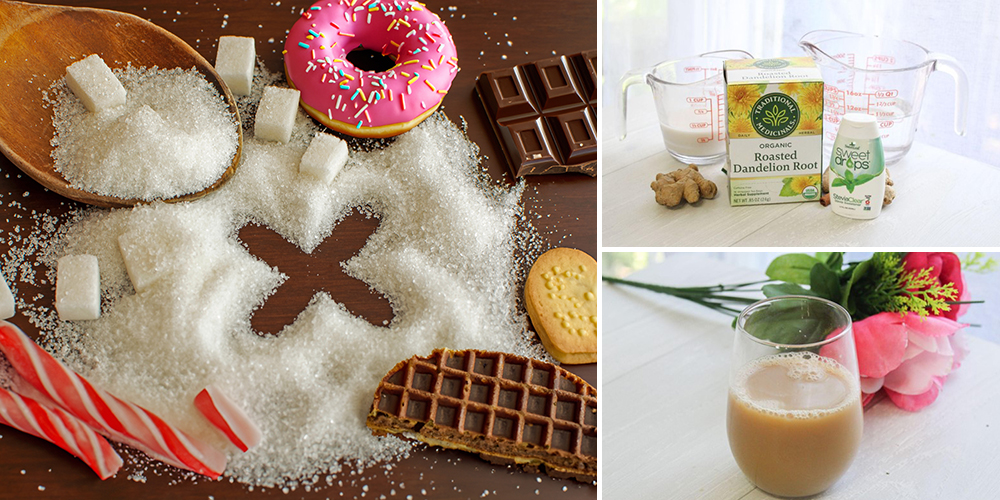
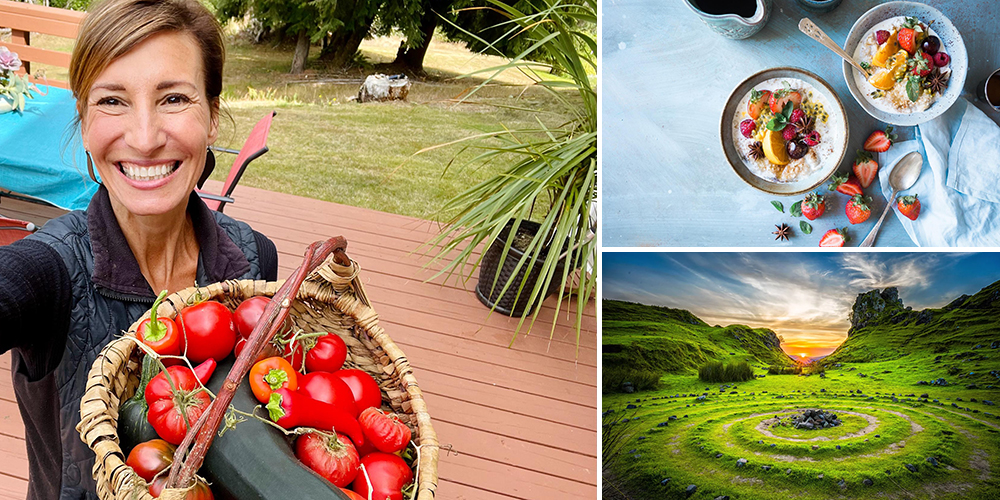
I ordered “The Lost Book of Herbal Remedies” from you which is great. I also ordered 3 (I believe) of your books for the download version. I have no idea how to retrieve them. I sent you an email but haven’t heard anything yet. The $79 price is on my credit card. Please advise on how to retrieve. Thank you.
Hi Liann,
Thank you for your interest in our work.
Please check your email address. I have sent you an email with the download links.
Many blessings!
ordered “The Lost Book of Herbal Remedies” from you which is great. I also ordered 3 (I believe) of your books for the download version. I have no idea how to retrieve them. I sent you an email but haven’t heard anything yet. The $79 price is on my credit card. Please advise on how to retrieve.
I, too am waiting for my hard copies. When will the arrive?
Hi Martha,
Thank you for your interest in The Forager’s Guide to Wild Foods.
Please check your personal email. I sent your an email regarding your order.
Many blessings and good health!
As with conventional coffee, conventional tea is laden with toxic chemicals used in the growing process. Unless you buy organic teas, which you made no mention of, you are getting a dose of these toxics including heavy metals, that accumulate in your body over time. At least mention the importance of choosing ORGANIC teas!
Subject was on packaging ie; tea bags
That’s what I am asking Dan! 😁 I an asking which kinds of toxic metals? And it states that the bags are made of plastic! So we are talking about two different things here! I was responding to the statement of the bags being made of plastic and how, by putting them in hot water, could cause a transfer of toxic metals into tea?
I have been experimenting with the different ways of heating materials of a vast amount of different items to test if how and what those items had before and after heating them from boiling to extreme heats that would or should never be used to heat such things! I have tested transfers of plastics and at what temperatures they occur!
You saying that toxic metals are in the soil is irrelevant to the subject! I am simply curious of what toxic metals that you are stating could transfer from the bags, that you stated were being made of plastic?
Soil has many different items in it but I know none that are being used commercially that have levels of toxic metals in them that would be considered hazardous to humans?
If you have knowledge of such places using soil that can be tested for such levels of hazardous material? I would greatly appreciate references to those company’s and/or places?
Maybe we should first establish what toxic metals are according to you and how you think that they are somehow being processed into synthetic made bags?
Any information on those said items would be greatly appreciated!
I am only a person of interest and do not test things for anyone else other than myself for reasons of curiosity and knowledge! Thank you for any such help that you might be able to offer!
Have a wonderful day!
I don’t recall seeing anything about soil having toxins.
What company would you suggest buying loose leaf tea from, Nicole?
I buy mine from The Renegades, who have reopened tea plantations in Georgia (NOT Jimmy Carter’s Georgia) that were abandoned and their equipment sold for scrap when the Soviet Union fell. The tea is great, just as it was before.
Thank you, Fred. I will check out that company.
I buy Dilmah or Lipton tea.
http://www.dilmahtea.com
i read where lipton tea has the most toxins idk except i do not buy it anymore
The only problem I have with this article is that you state that toxic metals can leach from the bag? You do not say which kind of metals and you state that it’s from just putting the bag, which your claiming is made partially or totally out of plastic, in hot water? Plastic does not break down in just hot water! It has to reach temperatures of boiling and higher for an extended amount of time before a transfer of its own molecules will begin to blend in with the contents it’s touching!
So I’m curious of which metals and a reference to the information you are claiming to if you would be so kind? Thank you
Hi Trever,
Teabags can contain several types of toxins including microplastics, bleach and other whitening processes, epichlorohydrin (a type of plastic), staples, and adhesive closures. You can avoid teabag contaminants by using loose leaf tea, making your own tea bags, and purchasing reusable or disposable fillable tea bags.
I hope this helps.
Many blessings and good health!
I have been drinking loose India tea for several years now. Assam and an International blend which I brew by the pot in an old Glass coffee pot. I buy the tea at a local Asian food store in one pound bags. For my taste, five teaspoons or a bit more makes a strong pot full. Which reheats in the microwave very well all day. Best I can guess is that a five dollar bag of bulk tea is about equal to four or five one hundred count boxes of tea bags. It used to take at least four or five bags, depending on brand, to make a pot that did not taste nearly as good.
Hi David,
Thank you so much for sharing this with us.
Really appreciate it.
Many blessings and good health!
I drink hot tea like most people drink hot coffee. For years, I have used loose leaf tea and brew it in a 42 cup coffee pot. I like sugar in it so when I brew I add about 1/2 cup of sugar. Imagine using a teaspoon of sugar per cup of tea compared to 1/2 cup per 42 cups of tea. Brewing the sugar makes it sweeter so…less sugar and good tea.
Hi Jeannette,
Thank you so much for sharing this with us.
Really appreciate it.
Many blessings and good health!
The heavy metals text was in the email that I received “The second you steep them in hot water they start leaching a toxic metal in your brew.”
I am wondering if this idea is based on the pan or pot being used to boil the water having aluminum in it. I have seen an article that said that even stainless steel pans with aluminum bottoms can leach the aluminum up through the steel. That’s a huge disappointment to me as many of my ss pans have aluminum bottoms.
I also learned that the alum in some drying powders and pickling ingredients means aluminum. It sure has the same root word. If so, are the bags using such a powder as a desiccant or to make the bags easier to handle?
Jeannette, thank you for the sugar trick. When I do not have good honey, I will try this. I do a similar thing when I make a cherry pie. I boil the sugar and the cherries together and the result is a much sweeter pie without extra ingredients. One day I tried it because I was looking for a quicker way to cook a pie as I was short on time. Also, my husband prefers less juice on his plate so I poured off the boiled juice. It makes a wonder pancake syrup. Enjoy!
I’m not sure how aluminum would leach into from heating it? It has a very high melting point while cooling rapidly and being very light makes it very popular! Copper I believe is a more sought after element while cast iron you just can’t go wrong! Unless you can’t lift it while trying not to burn yourself! Lol…
Metals leaching into your food like iron copper nickel zinc gold and many others is acceptable since we have and use metals naturally in our bodies including mercury!
Without metals we would die!
Like iron that keeps us warm just like the earth!
My question this whole time was what kind of “TOXIC” Metals does the synthetic bags supposedly leach into the tea?
I was curious what is to be considered toxic?
Thank you for those ideas, I will try them. I had never heard that cooking the sugar made it sweeter
Zeolite is good for removing heavy metals from the body.
Such an interesting discussion. I’ve always wondered about this. Thanks!
Loose leaf are much stronger and cheaper than the bags
I’m not as freaked out about the possibility of toxins in teabags as I am in thinking of what critters might be in them, all ground up and floating around in your cup.